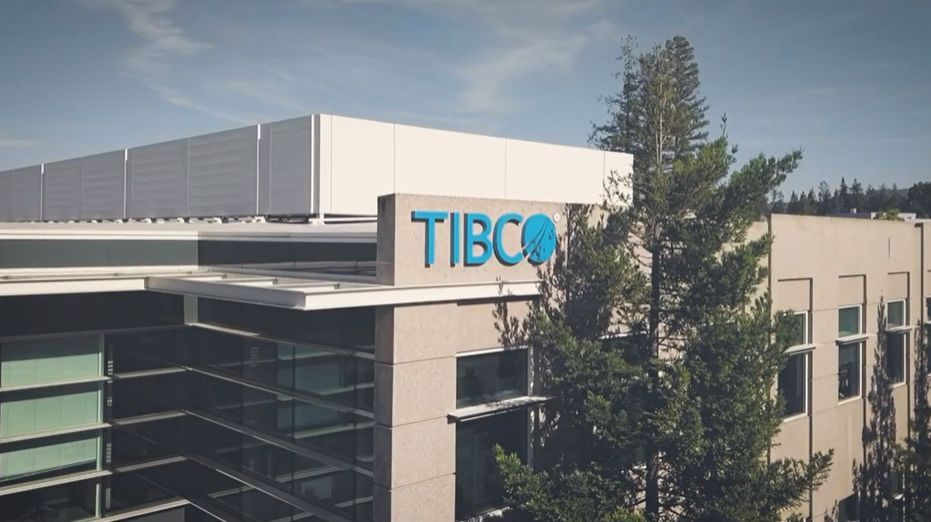3 common TIBCO integration challenges – how to overcome them?

In the rapidly evolving world of enterprise technology, TIBCO software has emerged as a cornerstone for seamless integration across disparate systems. However, mastering TIBCO integration does not come without its hurdles. Organizations face a variety of challenges that can hinder the efficiency and robustness of their integration solutions. This article delves into the most common TIBCO integration challenges encountered by businesses and offers expert insights on overcoming them effectively. Whether you’re just starting out or looking to refine your existing TIBCO architecture, understanding these challenges and their solutions will empower you to enhance your integration strategies and achieve operational excellence.
Understanding TIBCO Integration: An Overview
In the landscape of enterprise software solutions, TIBCO stands out as a leader in middleware and integration technologies. TIBCO Integration primarily facilitates the seamless exchange of data and processes across various applications and systems within an organization, bridging gaps between disparate platforms and enabling a unified approach to business operations.
What is TIBCO Integration?
TIBCO Integration refers to the suite of software tools designed by TIBCO Software Inc. that allows businesses to connect applications, data sources, and APIs in real-time, ensuring that information flows freely and securely across various parts of the organization. This integration is crucial for businesses aiming to maintain competitive advantages in agility and responsiveness.
Key Benefits of Implementing TIBCO Solutions
Implementing TIBCO solutions offers numerous advantages. Firstly, it enhances operational efficiency by automating business processes and reducing the need for manual intervention. This leads to faster decision-making and improved responsiveness to market changes. Secondly, TIBCO integration supports real-time data analytics, which is essential for driving insights and strategic business decisions. Lastly, it promotes scalability and flexibility, enabling businesses to easily adapt to new technologies and expand their operations without disrupting existing systems.
TIBCO integration is particularly beneficial in scenarios involving complex business models that require robust data exchange across various internal and external systems. Industries such as finance, healthcare, and retail, where real-time data processing and integration are crucial, find immense value in implementing TIBCO solutions.
The Top TIBCO Integration Challenges Explained
As organizations strive to integrate their systems and data using TIBCO technologies, they frequently encounter several challenges that can complicate their TIBCO projects. These issues, if not addressed properly, can lead to inefficiencies and disruptions in business processes. With the guidance of specialists in TIBCO consulting and development, let’s explore the most significant challenges and understand their implications.
Issue 1: Complexity in Integration Architecture
One of the foremost obstacles in TIBCO integration is the inherent complexity of integration architectures. This complexity is not just a byproduct of technology but also of the diverse business needs that these technologies aim to serve. As organizations expand, they often deploy numerous applications and systems, each designed to address specific operational facets. However, integrating these varied systems into a cohesive workflow presents significant challenges:
- Multiple Integration Points: With each new application or data source, the number of integration points increases exponentially. This not only complicates the architecture but also increases the potential for errors and inefficiencies.
- Heterogeneous Systems: Enterprises typically utilize a mix of legacy systems, modern applications, and third-party services. Each system may use different data formats and communication protocols, requiring customized connectors or middleware solutions.
- High Maintenance Cost: The more complex the integration architecture, the harder and more resource-intensive it is to maintain. Frequent updates, troubleshooting, and enhancements can lead to significant overheads.
Issue 2: Scalability Concerns with Growing Data
As organizations evolve, the volume of data they generate and process also expands dramatically. TIBCO integration systems must be capable of scaling to accommodate this growth without sacrificing performance or stability. Scalability concerns in TIBCO environments often manifest as:
- Performance Bottlenecks: As data throughput increases, existing integration solutions may struggle to process information efficiently, leading to delays and bottlenecks.
- Resource Constraints: Limited processing power, memory, and storage can hinder the scalability of integration solutions. As more components are added, the infrastructure may fail to meet the increased demands.
- Costly Upgrades and Scalability Issues: Scaling up infrastructure to handle larger data volumes can be prohibitively expensive, especially if it involves significant changes or upgrades to existing systems.
Issue 3: Ensuring Security in Distributed Networks
In the era of digital transformation, many organizations leverage distributed network architectures to enhance flexibility and scalability. However, these environments pose unique security challenges, especially when integrated with TIBCO solutions. The open nature of distributed networks, where data flows across various nodes and boundaries, significantly increases the risk of data breaches and unauthorized access. Common Security Challenges in Distributed Networks:
- Data Exposure: Data transmitted across networks can be intercepted if not adequately protected, exposing sensitive information to potential cyber threats.
- Access Control: Managing who has access to what data in a distributed system can be complex, especially with the proliferation of devices and endpoints.
- Compliance Issues: Ensuring that the integration solutions comply with industry regulations, such as GDPR or HIPAA, becomes more challenging as data crosses more jurisdictional boundaries.
Proven Strategies to Tackle TIBCO Integration Hurdles
Successfully navigating the complexities of TIBCO integration requires not only a deep understanding of the technology but also strategic planning and execution. To address the integration challenges of complexity, scalability, and security, here are some proven strategies that have been effectively implemented in various industries:
Simplifying Complex Architectures
- Modular Design: Adopting a modular design in integration architecture can greatly simplify maintenance and updates. This involves breaking down the integration process into smaller, manageable components that can be independently developed, tested, and deployed.
- Middleware Solutions: Utilizing robust middleware solutions helps manage and reduce the complexity by acting as a bridge between different applications and data formats. TIBCO offers several middleware options that can streamline connectivity and data exchange.
Scaling Solutions for Data Management
- Cloud Integration: Leveraging cloud technologies for integration provides scalability and flexibility. Cloud platforms can dynamically allocate resources based on demand, allowing businesses to efficiently manage data loads without significant upfront investments.
- Performance Optimization: Regularly optimizing performance through code refinement, efficient data handling, and caching strategies can help manage larger data volumes more effectively, ensuring that the system remains responsive as it scales.
Security Best Practices for TIBCO Projects
- Comprehensive Security Framework: Establishing a comprehensive security framework that includes encryption, secure authentication, and rigorous access controls is crucial for protecting data. This framework should be regularly updated to tackle emerging security threats.
- Continuous Monitoring: Implementing continuous monitoring tools to detect and respond to security threats in real-time can prevent potential breaches. These tools should monitor network traffic, access logs, and unusual activities across the integration landscape.
Role of Experts in TIBCO Consulting and Development
The successful implementation of TIBCO integration solutions in an enterprise setting often hinges on the knowledge and expertise of specialists in TIBCO consulting and development. These experts play a pivotal role in designing, executing, and maintaining sophisticated integration architectures that meet both current and future business needs.






